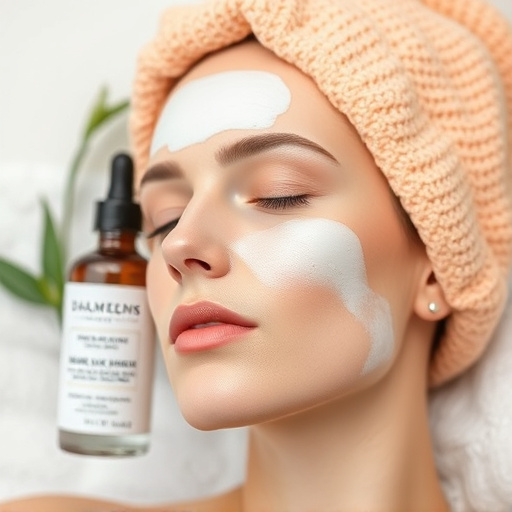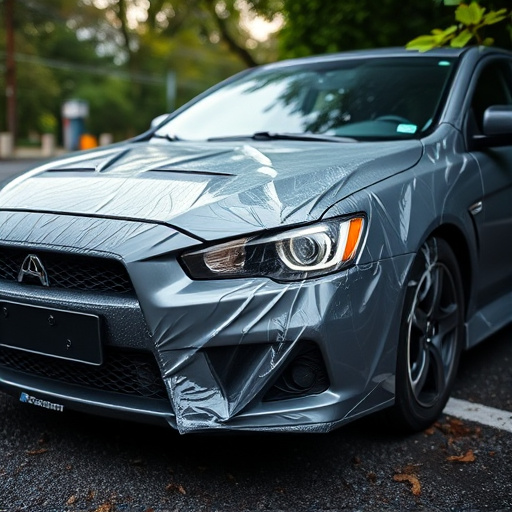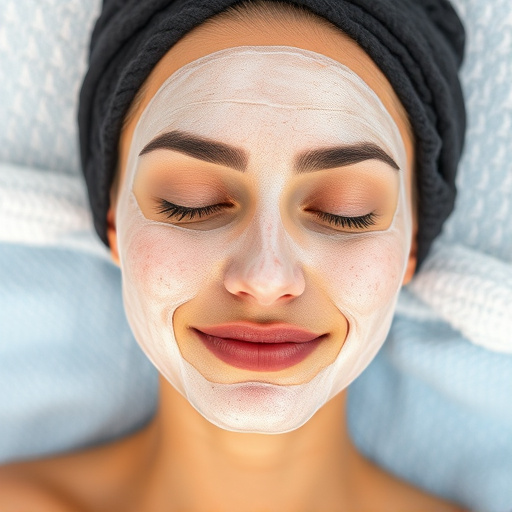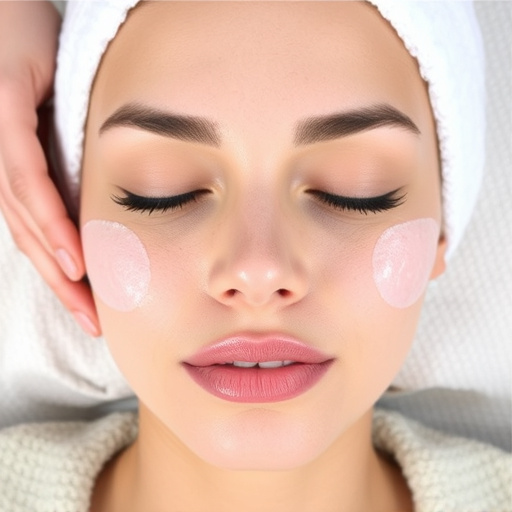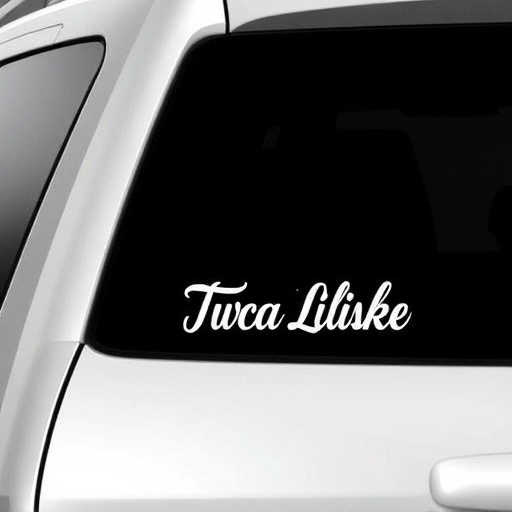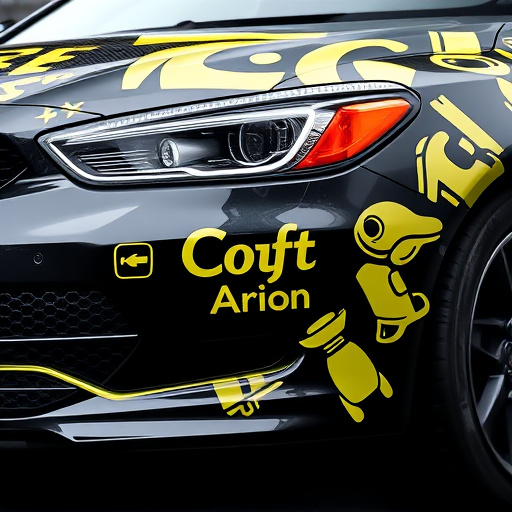Heat rejection tinting films offer cutting-edge energy efficiency and environmental benefits for buildings and vehicles. By blocking UV rays and reducing heat transfer, they create a cooling effect, lower AC loads, save on energy bills, and reduce greenhouse gas emissions. Beyond glare reduction, these films protect interiors from UV damage, extend furniture lifespans, and provide a comfortable living environment. Easy to maintain, they involve professional application, regular cleaning, and replacement of damaged parts, ensuring optimal heat rejection performance for vehicles.
Discover an innovative solution to reduce energy usage and combat rising utility bills with heat rejection tinting films. This cutting-edge technology offers more than just privacy; it acts as a shield, deflecting harmful UV rays and preventing excessive heat gain in your home. By understanding how these films work and exploring their numerous advantages, you can make an informed decision to enhance energy efficiency without compromising comfort or style.
- Understanding Heat Rejection Tinting Films
- Benefits of Using Heat Rejection Tinting in Homes
- Implementing and Maintaining Heat Rejection Tinting Films
Understanding Heat Rejection Tinting Films

Heat rejection tinting films are a revolutionary technology designed to combat the rising energy costs and environmental concerns associated with excessive heating in buildings and vehicles. These advanced window films go beyond traditional tinting by not only blocking out harmful UV rays but also significantly reducing the amount of heat that enters through windows and glass surfaces. By using specialized materials, these films create a barrier that reflects radiant heat back into the atmosphere, thereby cooling down interior spaces.
This innovative approach to energy efficiency is particularly beneficial for both residential and commercial properties, as well as vehicle protection. Heat rejection tinting can dramatically decrease air conditioning loads, leading to substantial savings on energy bills. Moreover, by reducing the need for excessive cooling, these films contribute to a greener environment by lowering overall energy consumption and greenhouse gas emissions. Whether applied to windows or used in vehicle wraps, heat rejection tinting offers a practical solution to modern problems, ensuring comfort and sustainability without compromising style.
Benefits of Using Heat Rejection Tinting in Homes

Using heat rejection tinting films in homes offers a multitude of benefits that extend beyond just reducing glare and increasing privacy. By reflecting a significant portion of solar heat, these films help to keep homes cooler, thereby reducing the workload on air conditioning systems. This not only leads to lower energy bills but also contributes to environmental sustainability by decreasing reliance on non-renewable energy sources.
Additionally, heat rejection tinting can enhance the durability of furniture and interiors by protecting them from harmful UV rays. Similar to how paint protection film and custom vehicle wraps safeguard cars from scratches and weathering, these films act as a barrier for homes, prolonging the life of fabrics, wood finishes, and other materials exposed to direct sunlight. By adopting heat rejection tinting, homeowners can enjoy a more comfortable living space while also preserving their investments in interior design and furnishings.
Implementing and Maintaining Heat Rejection Tinting Films

Implementing heat rejection tinting films is a straightforward process that offers significant benefits for energy reduction and vehicle protection. These advanced window films are designed to reject heat and infrared radiation, preventing excessive interior heating and lowering the need for air conditioning. During installation, professional applicators carefully apply the thin, high-tech polymer layers to the glass surfaces, ensuring precise cutting and minimal disruption.
Maintaining these films is relatively simple. Regular cleaning with non-abrasive detergents and soft cloths helps preserve their effectiveness. As with any window treatment, avoid using harsh chemicals or abrasive materials that could damage the heat rejection coating. Additionally, checking for any signs of damage or disintegration and promptly replacing damaged film components ensures optimal heat rejection performance and extended vehicle protection.
Heat rejection tinting films offer a simple yet effective solution for reducing energy usage and enhancing comfort in both residential and commercial settings. By reflecting heat away from buildings, these films can significantly lower cooling costs and contribute to a more sustainable environment. With proper implementation and maintenance, heat rejection tinting is a wise investment that provides benefits for years to come, making it an essential consideration for anyone looking to optimize energy efficiency.
